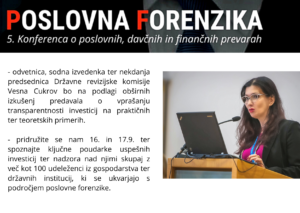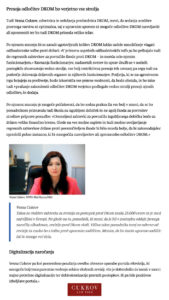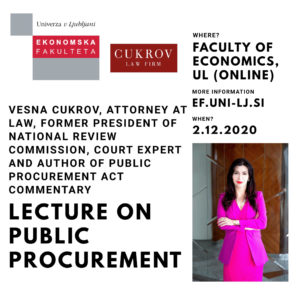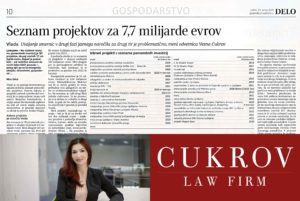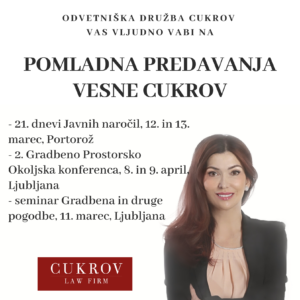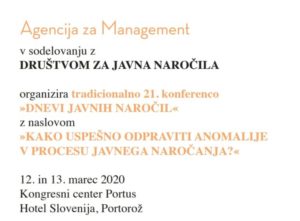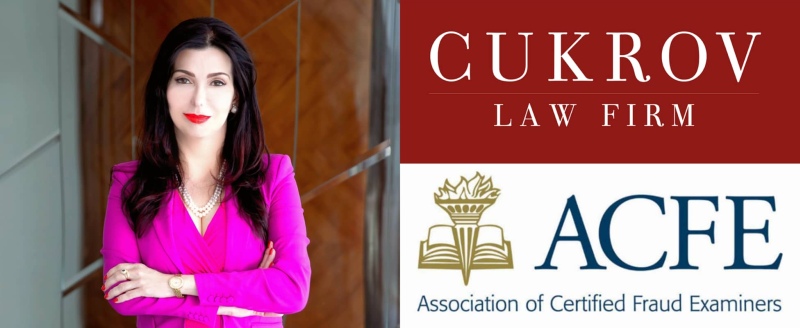You are cordially invited to join us on 16 and 17 September 2021 at the Faculty of Law of the University of Ljubljana at the fifth conference Business Forensics, where Vesna Cukrov, Attorney at law, will give a lecture on transparency in the implementation of investments.
More on the program: http://www.poslovna-forenzika.si/
